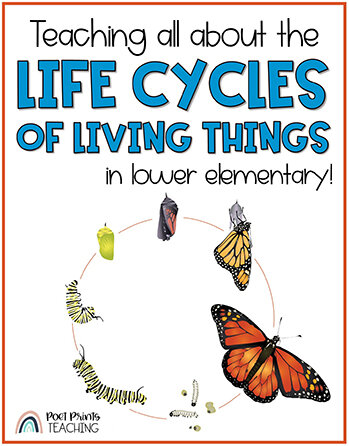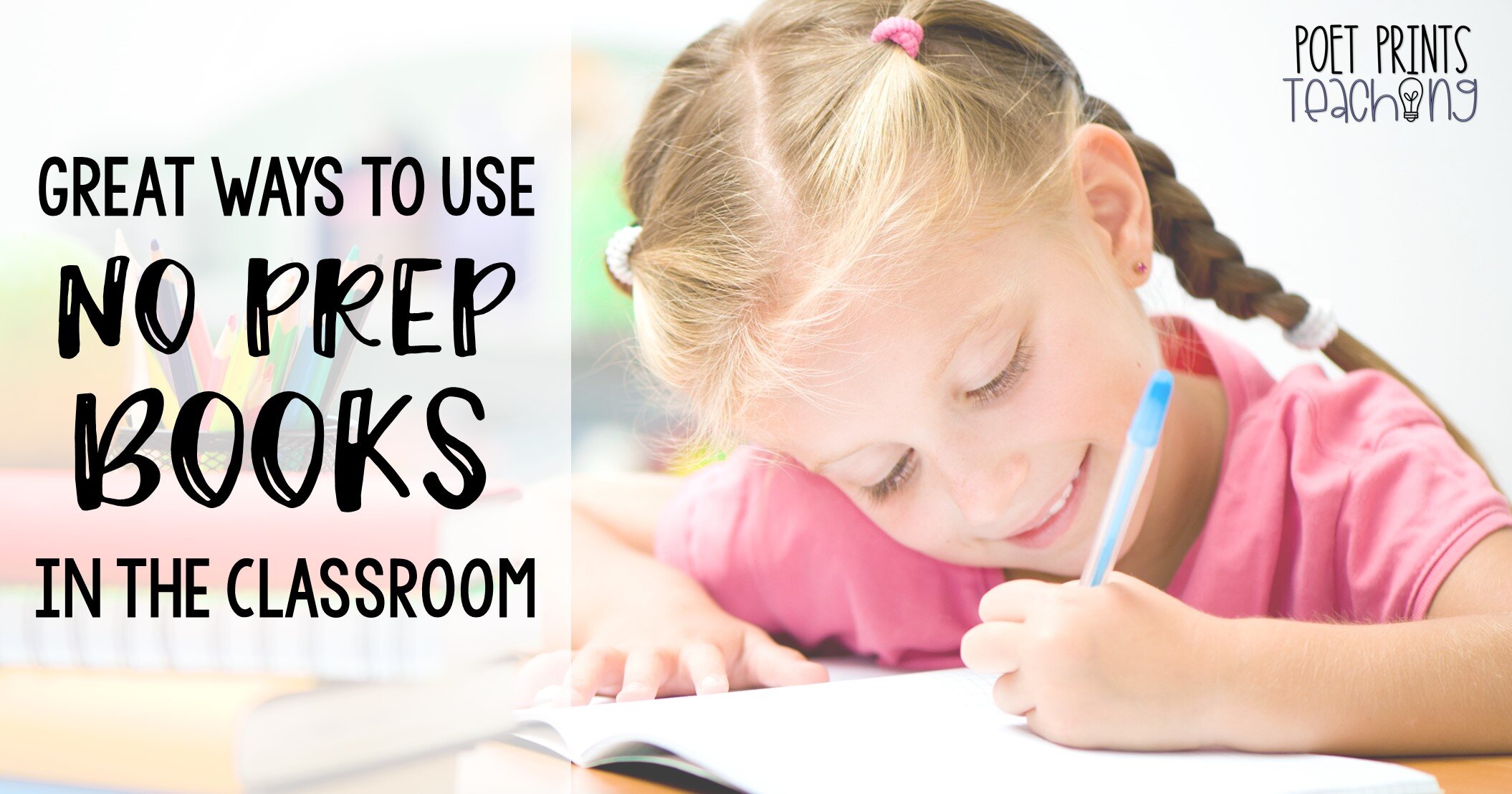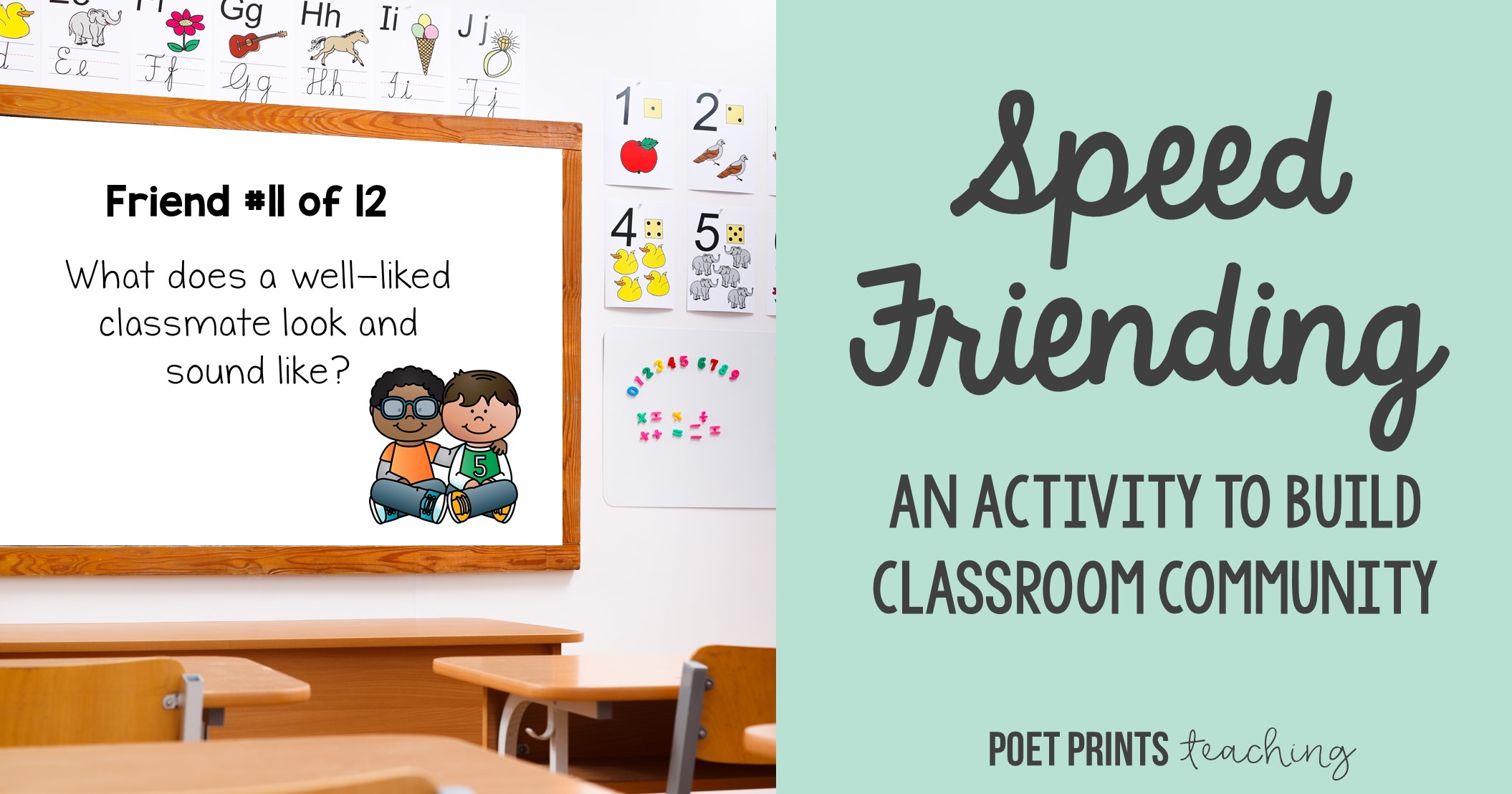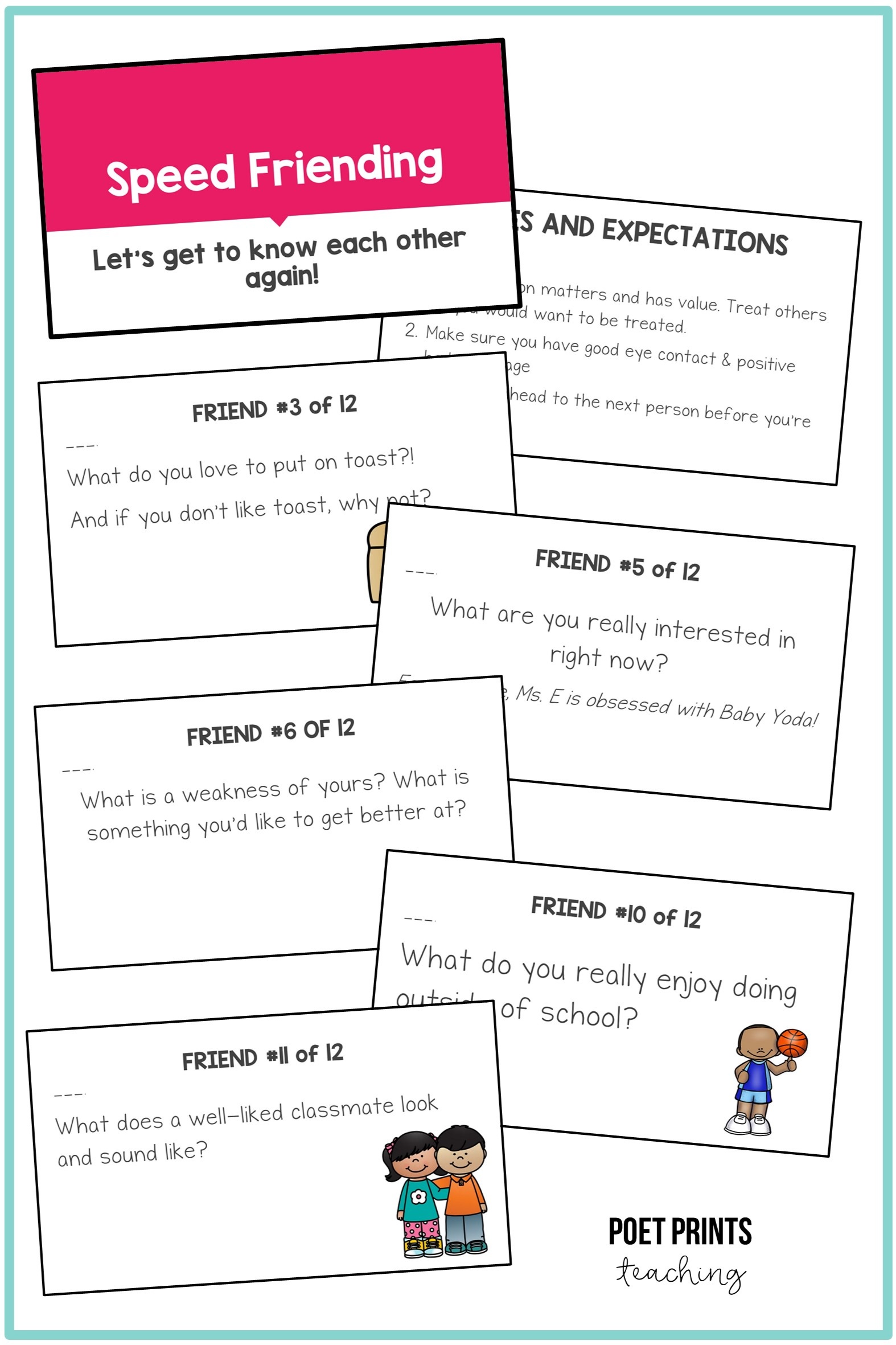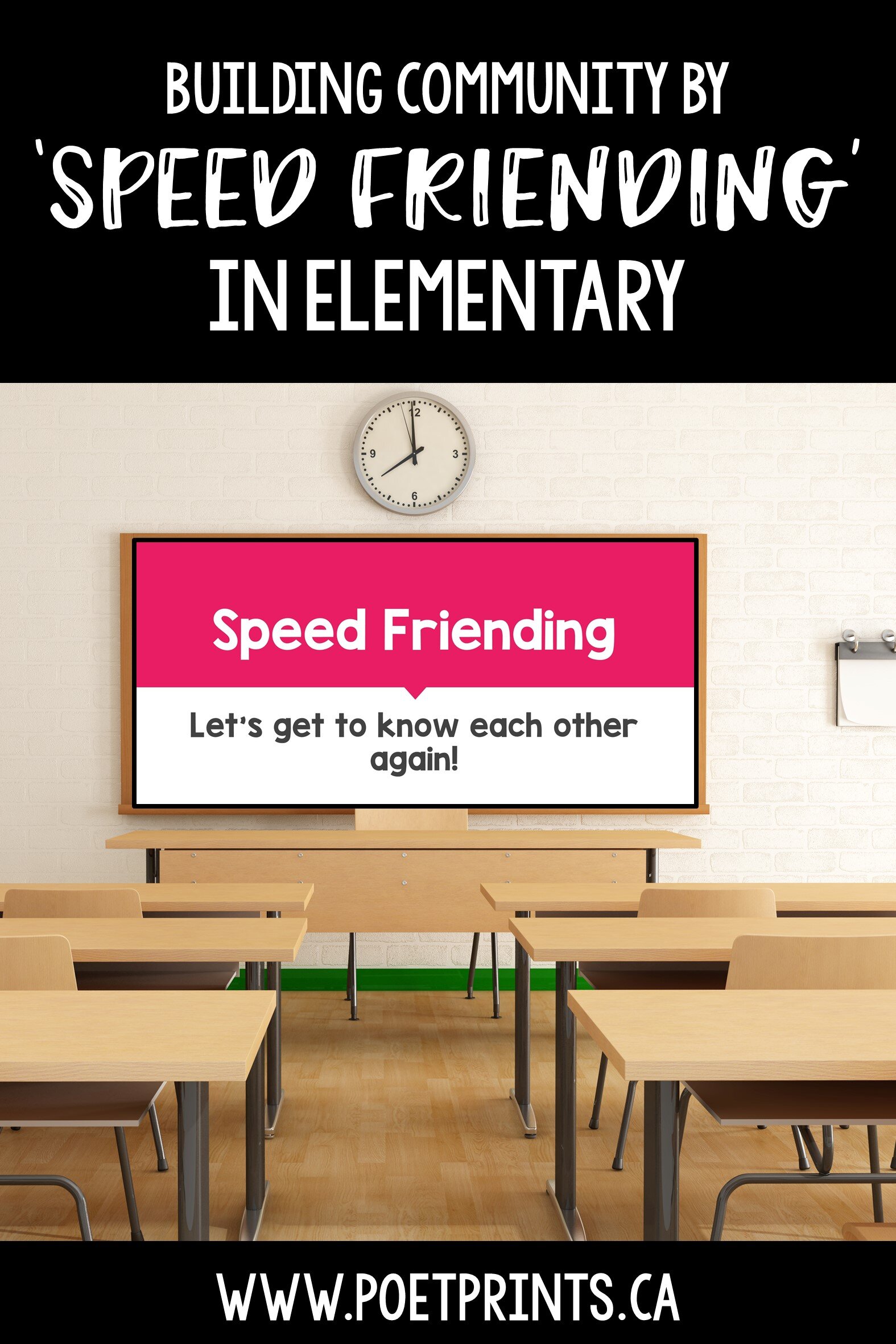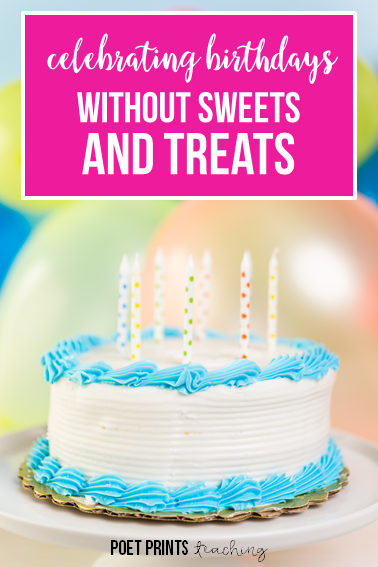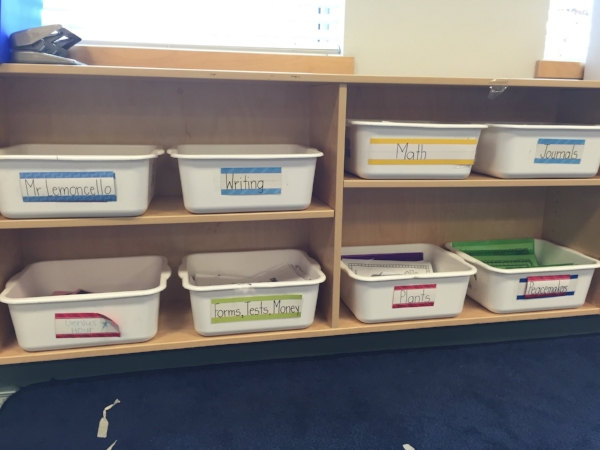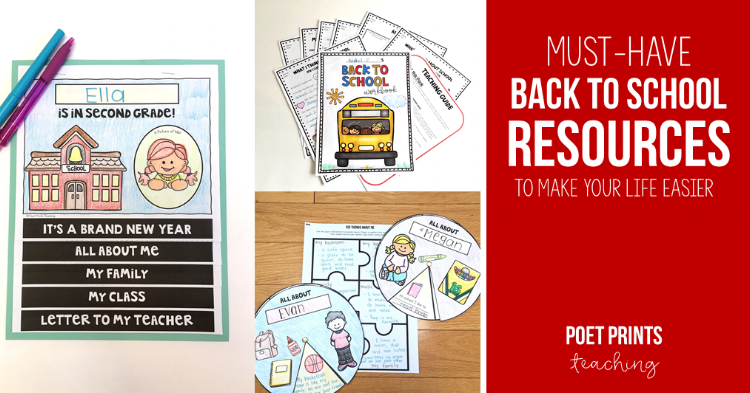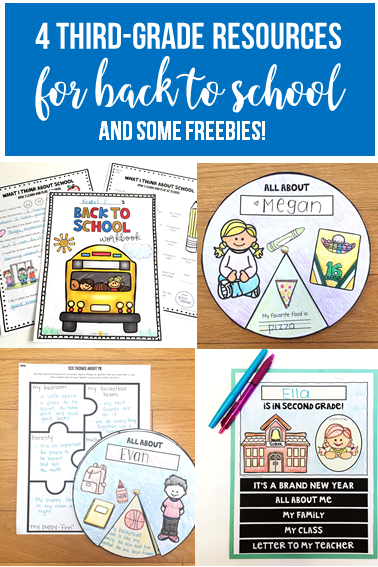You’ve started Genius Hour! Your students are excited, their passions are being ignited, and each lesson begins with a round of applause. (Well, that last one may be an exaggeration.) But things are off to a great start. Now it’s time for students to dig in to their independent research. But how do you keep them on track? And how do you keep the Genius Hour independent work time as productive as possible?
This is part two of a three part series on Genius Hour. Don’t forget to check out Part One: How To Get Started With Genius Hour in Lower Elementary, and Part Three: Genius Hour Presentations.
Use a Work Log
First, start each work time by taking a peek at the Genius Hour Work Log. As seen in the Sample Genius Hour Day, students end each day by writing in this log. Start each work time with a brief reminder of what they had hoped to get started on. This should give them something to begin with.
30-Second Check-Ins
Next, once students have started working on something, begin doing 30-second check-ins with each student. 30-second-checks are the lifeblood of my Genius Hour time. I find that in 30-seconds (or less!) you can pretty quickly tell which students need a little extra help, which ones are doing well, and which ones will need some 1:1 time later in the hour. I will sit at my teacher table and call students up to let me know where they’re at, and maybe ask a question or two. Together we will make a quick goal for them to complete before we meet next.
For example: “Find out three more ways that giraffes gather food and then move to creating your project .” “You are going to record three more minutes of your History of Spiderman podcast before we meet next.” “Before next Friday, you will finish painting your birdhouse and bring a notebook to start planning your presentation.”
Divide Genius Hour Work into 3 Stages
Genius Hour work time is largely self-paced. To help students stay on track, I divide Genius Hour (everything before the presentations) into three stages: research, projects, and presentation planning.
Research - In this stage students are doing the ‘nitty gritty’ research into their topic and trying to answer their essential question. At the end of this stage, they should not only know the answer to their question but have good knowledge of the topic as a whole.
Project - In the project stage students are working on whatever ‘project’ they have chosen to show what they have learned. This may be a traditional poster/presentation, they may be building a website, recording a podcast, or creating a number of art pieces using the technique they have researched.
Presentation Planning - When students are confident in their topic and have completed their project, they begin to plan for their presentation. In my class, this means practicing what they will say in front of the class. Some students choose to write out a short speech. If multiple students are at this stage, this is a great chance to practice taking questions about their topic from a peer.
Somewhere in the classroom I write these three stages on the board and leave space for students to write their initials. It’s a quick and easy way to see what stage a student is at and see who may need a little more support to move forward. (Or, see who may be moving too fast, and may need me to check-in with them to see if their research is deep enough or their project thorough enough).
A small whiteboard displays the word “genius hour” with three subheadings: research, project, and presentation planning.
These routines have made genius hour run so much more effectively in my third grade classroom! I’d love to know if you’ve found any others that have helped students to stay on-task and remain focused during this student-led time. Share them with us in the comments below or over on Instagram! Looking for where to get started with Genius Hour? Read all about my best tips, tricks, and learn from my mistakes on Getting Started with Genius Hour.
A complete plan is here!
I’ve taken everything I’ve learned from years of Genius Hour and created a complete digital and printable guide to starting up this engaging project in your second, third, or fourth-grade classroom. It has teaching guides, a week-by-week timeline, a sample day plan, project ideas, parent letters, student planning pages, rubrics, and more!








